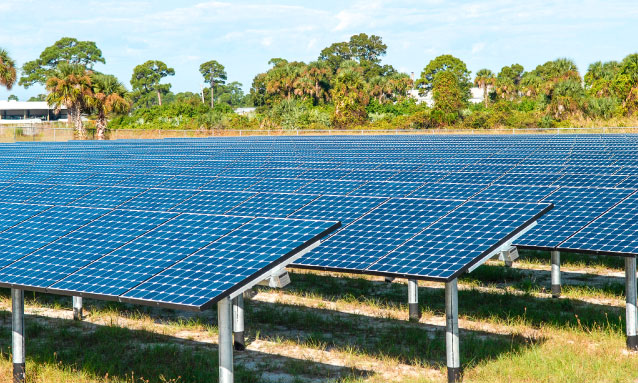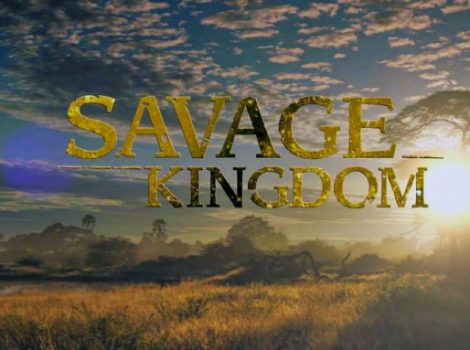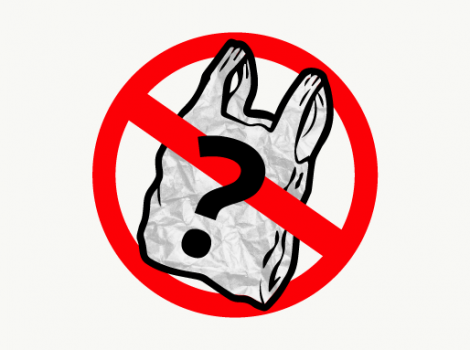
A proposed five gigawatt (GW) solar power programme to be developed jointly by Botswana and Namibia would become a landmark power deal in Africa and help diversify their economies.
Both nations currently import expensive power from South Africa, but full implementation of the proposal would make Botswana and Namibia new energy leaders in Africa. Ambitious renewable energy export proposals are starting to become commonplace. Egypt is now seeking to export its excess domestic renewable energy to African neighbours and Europe. This follows an Egyptian move earlier this year to cancel a proposed China-backed coal-fired power plant on overcapacity concerns and a preference for cheaper renewables.
For Botswana, the 5GW proposal is also an opportunity to improve the reliability of supply and lower the cost of power domestically. The Permanent Secretary to the Ministry of Mineral Resources, Green Technology and Energy Security, Mmetla Masire has stated, however;
“The project is not part of our internal energy plans… it is a project meant for export purposes”.
Instead, the country’s plan to increase domestic power capacity and reduce reliance on imports is via a separate 300 megawatt (MW) of solar as well as a proposed new 300MW coal-fired power plant. This coal proposal is presumably the Morupule B extension project awarded to Marubeni Corporation of Japan and POSCO of South Korea. Marubeni withdrew from the project in 2019, making it look unlikely to go ahead.
Coal-fired power continues to be unreliable and expensive. Botswana’s determination to keep building coal power comes as the existing Morupule B coal plant, by far the largest power generator in the country, continues to be beset by technical problems. The plant was completed as recently as 2014 but major construction and equipment defects have meant it has had low availability since then. In its 2019 annual report, the Botswana Power Corporation (BPC) forecast the plant would have availability of just 52% in 2020.
More work to try and fix Morupule B is expected to continue out until 2023. The unreliability of Morupule B has meant the BPC has been dependent on power imports from South Africa’s Eskom which is itself suffering from a major lack of power availability, partly due to unreliable new coal plants. In addition, diesel-fired generation has been needed to cover the shortfall. Both imports and diesel-fired generation are expensive which increase the cost of power.
Generation costs and power tariffs on the rise After two years of declining power generation and procurement costs since 2016, the country’s average cost of power per kilowatt hour (kWh) rose again in 2019.
In its annual report, BPC stated;
“The Corporation’s financial performance remains vulnerable on account of Morupule B Power Station (MBPS), which has a significant bearing on power imports.”
The increased cost of power imports and diesel generation has contributed to a delay in achieving BPC’s “Masa 2020” programme target of reaching cost-reflective tariffs and ending reliance on government subsidies by 2020.
The Botswana government is quite right to be targeting the end of subsidies for BPC. Countries like Indonesia and Bangladesh are faced with financial crises within their power systems as subsidies to their power utilities escalate due to overcapacity and additions of expensive coal-fired power. Achieving financial sustainability will also improve BPC’s credit rating, making it easier and cheaper to finance power projects going forward. Credit rating agency Moody’s currently rates BPC at Baa2, lower than its A2 rating for the Botswana government. Moody’s cited dependence on government subsidies and poor reliability of coal plants as reasons for the lower rating.
BPC has made significant progress in reducing its reliance on government subsidies in recent years. In 2019, the subsidy dropped again to P800m (US$69m), down from P1,457m (US$127m) in 2018. However, with government subsidies to BPC expected to be reduced to P500m (US$43m) in both 2021/22 and 2022/23 as well as the current financial year, the unreliability of Morupule B threatens the utility’s progress towards financial sustainability.
Progress towards achieving cost-reflective tariffs so far has been achieved via large tariff increases including a 10% hike in 2019 and a 22% raise approved in 2020.
The danger of relying entirely on large tariff increases to reach financial sustainability is that many consumers will find they are better off financially if they install their own solar panels and use less power off the grid. As the cost of solar continues to decline, this trend is likely to accelerate. Solar module prices have declined to just US$0.17 per watt, a decline of 96% since 2008. IEEFA expects this to halve again over the coming decade.
BPC’s power sales volume to mining operations have already slumped 44% since 2015 as operations have closed. With mining companies around Africa turning towards solar to power their operations, BPC could lose more sales to the sector. World-leading diamond producer, Debswana has already begun its first solar installation for its corporate centre in Gaborone to reduce both grid reliance and its carbon footprint. Furthermore, the Botswana Energy Regulatory Authority (BERA) has noted a rise in the number of private entities applying for licences to self-generate solar power. As it heads towards cost-reflective tariffs, BPC needs to reduce the cost of power as much as possible to limit the need for power tariff increases, which could see more consumers leave the grid. Continued dependence on unreliable coal power is likely to see a further need for expensive imports and diesel-fired generation and even higher tariffs.
The 5GW solar proposal presents Botswana with an opportunity to accelerate the use of cheaper solar power domestically to reduce generation costs. Expansion of solar capacity would reduce reliance on expensive imports and diesel-fired power, and could remove the need for a new 300MW coal-fired power plant that is looking increasingly difficult to finance as banks continue to pull away from coal.
In the longer term, ever-cheaper battery storage could also be added to the growing solar installation, allowing the progressive retirement of unreliable units at Morupule B. This would make Botswana not just an African new energy leader but a global leader too.
About the author: Simon Nicholas is an Energy Finance Analyst with the Institute for Energy Economics and Financial Analysis. This article was exclusively reproduced by Mmegi.
Source: http://www.mmegi.bw/index.php?aid=87152&dir=2020/september/25



